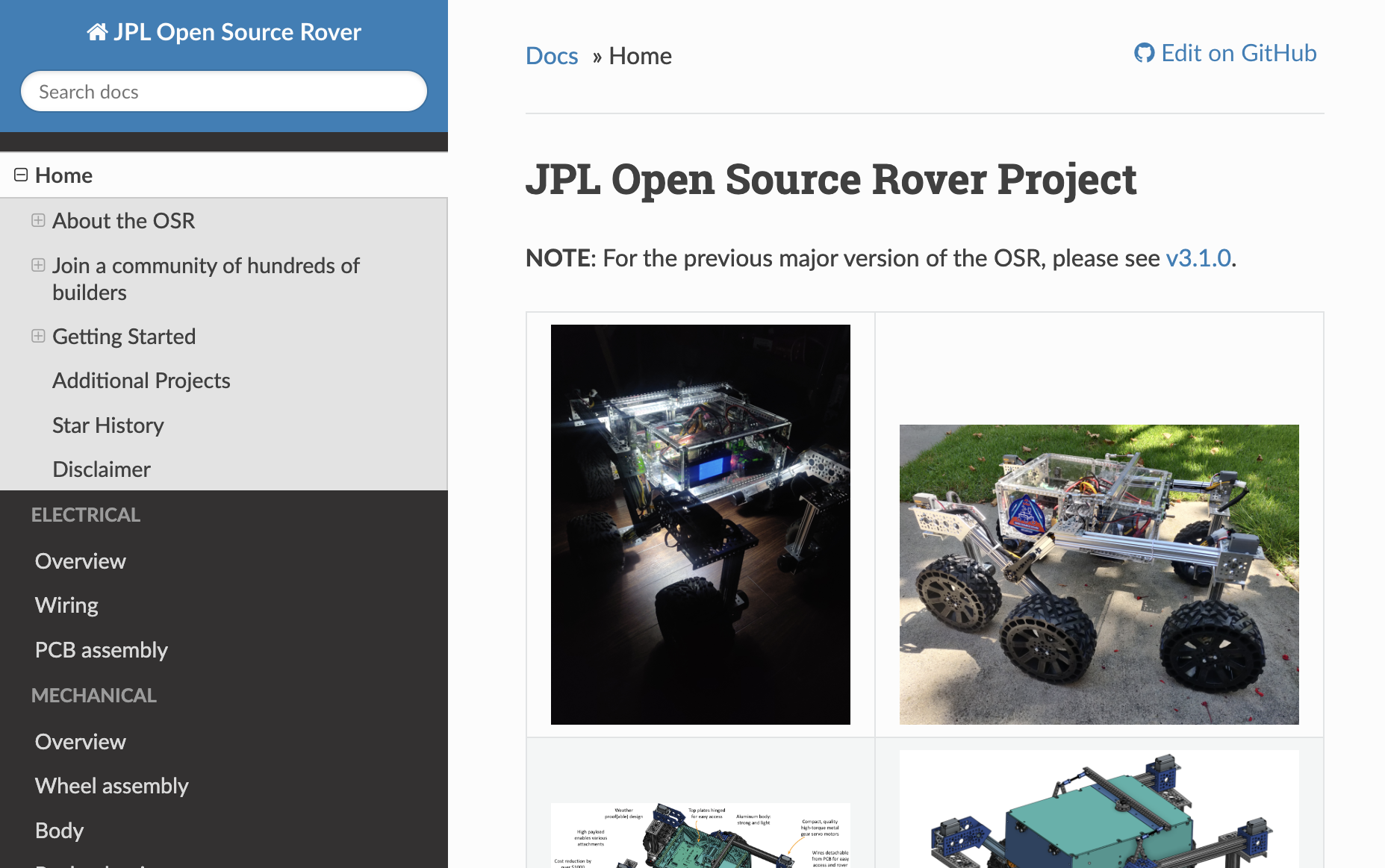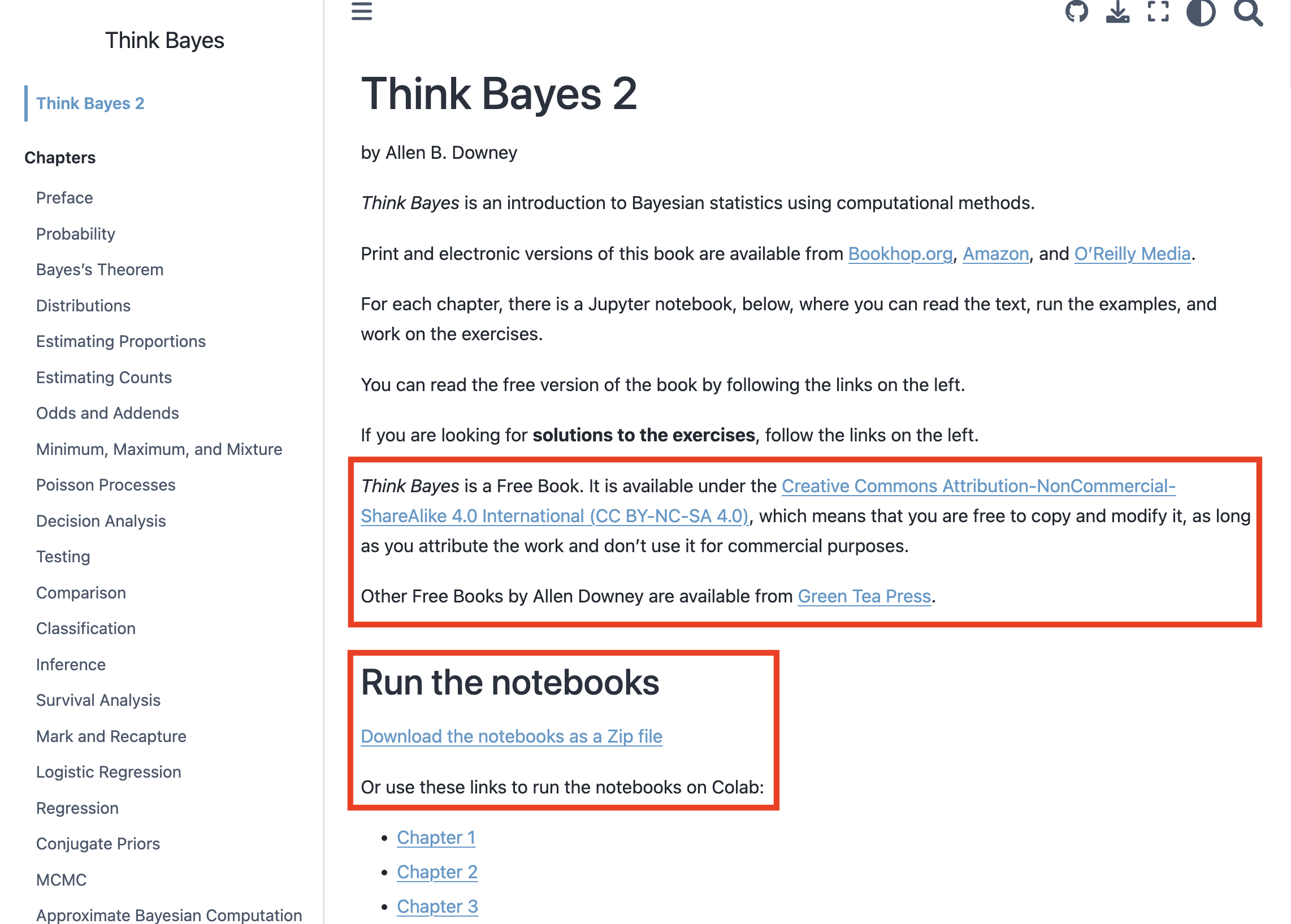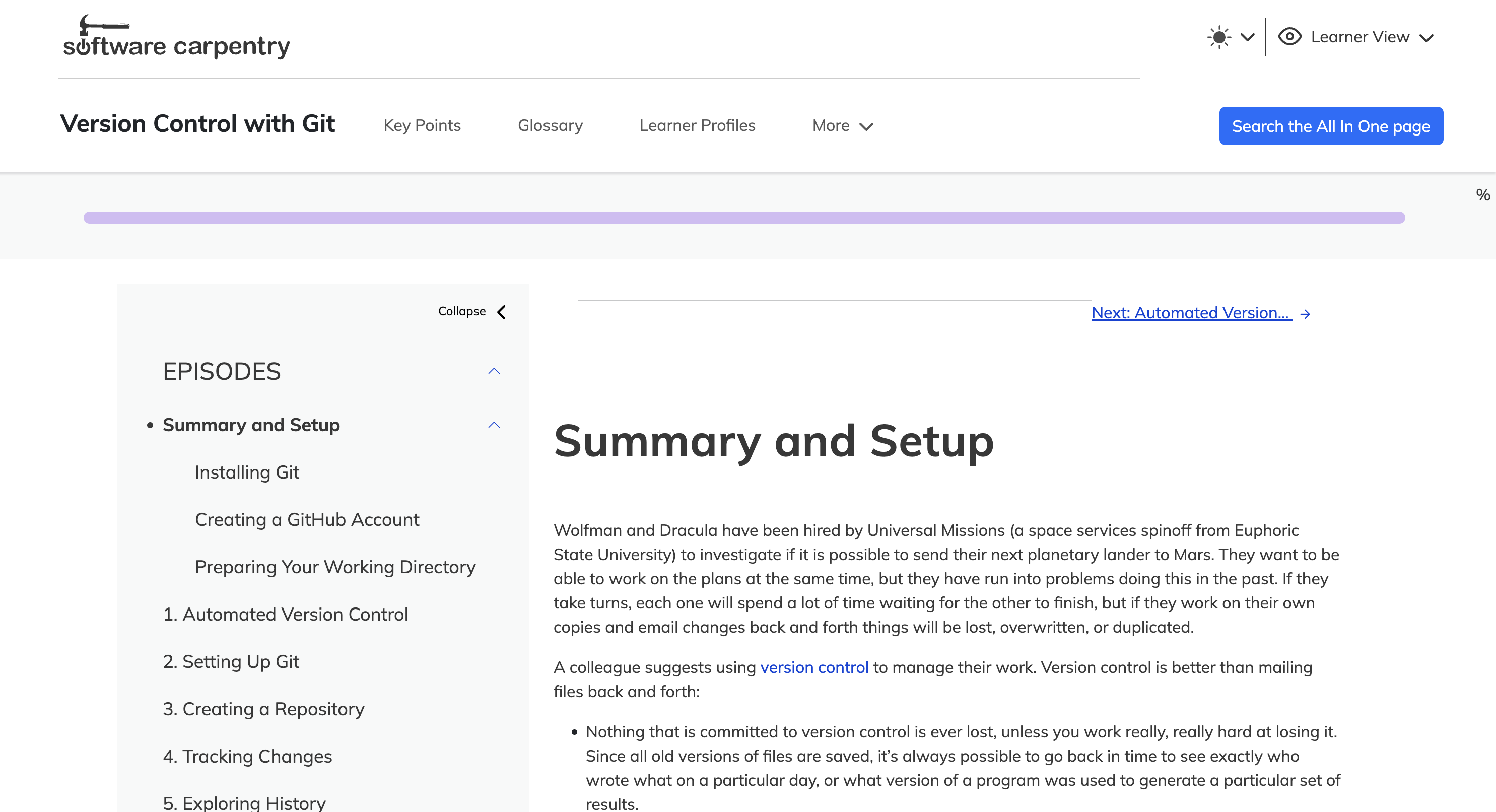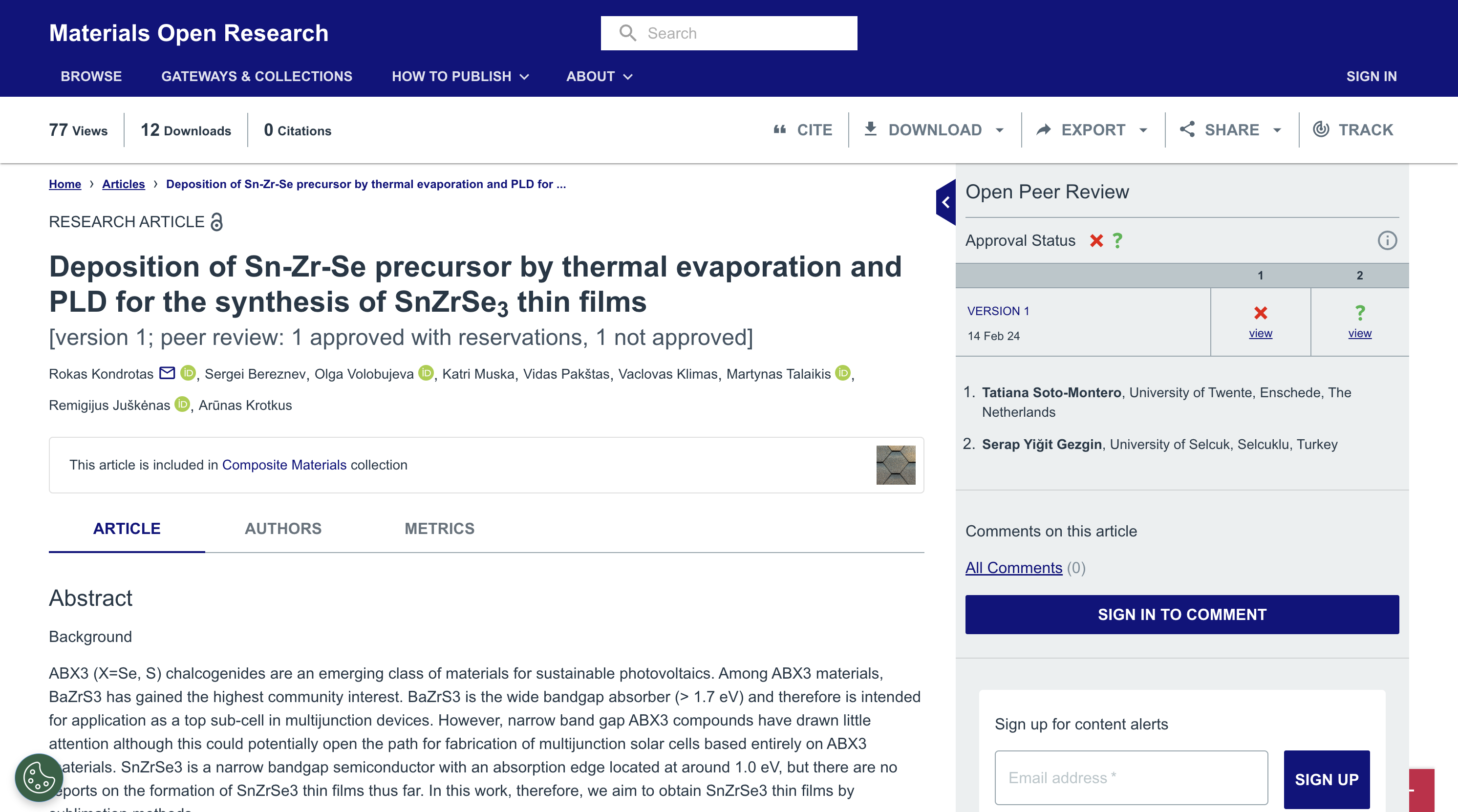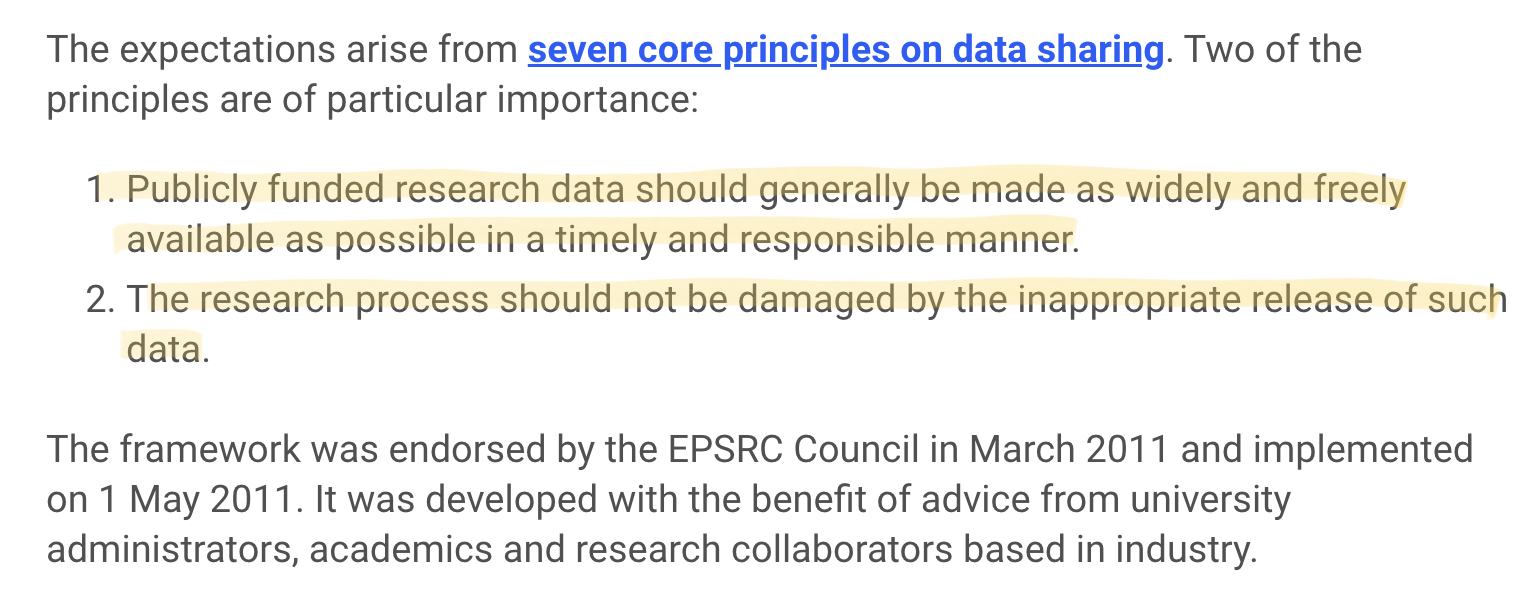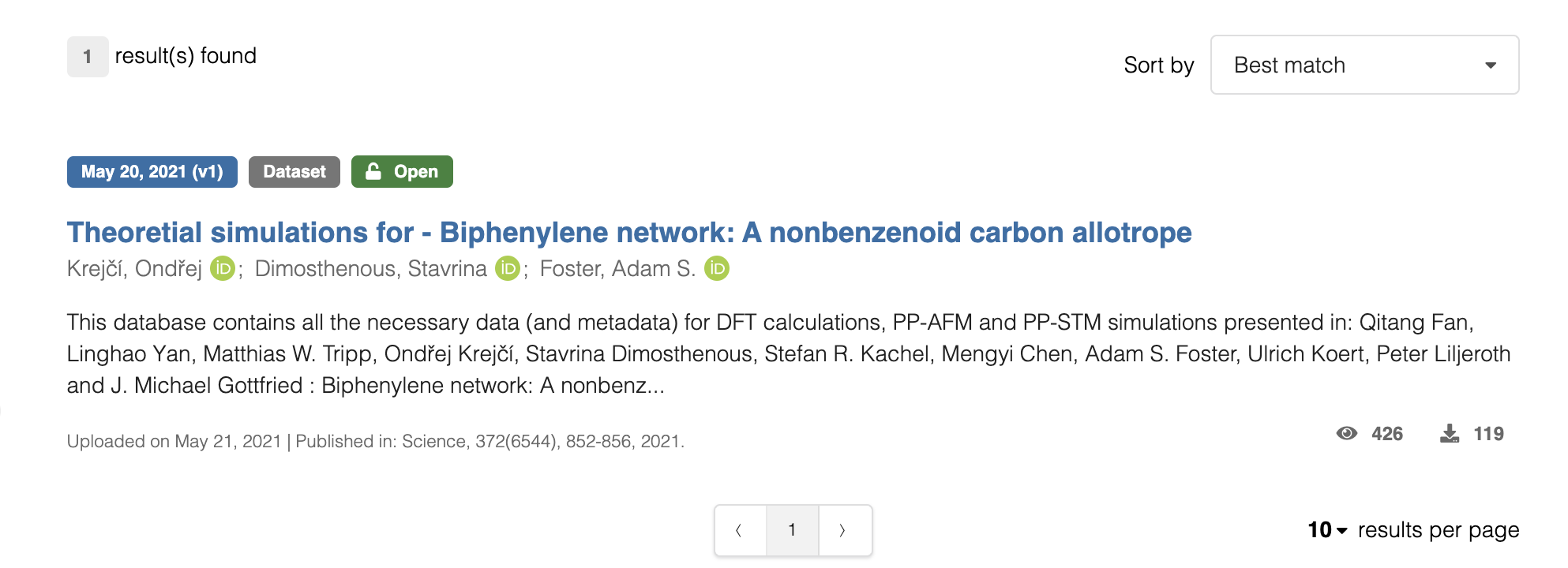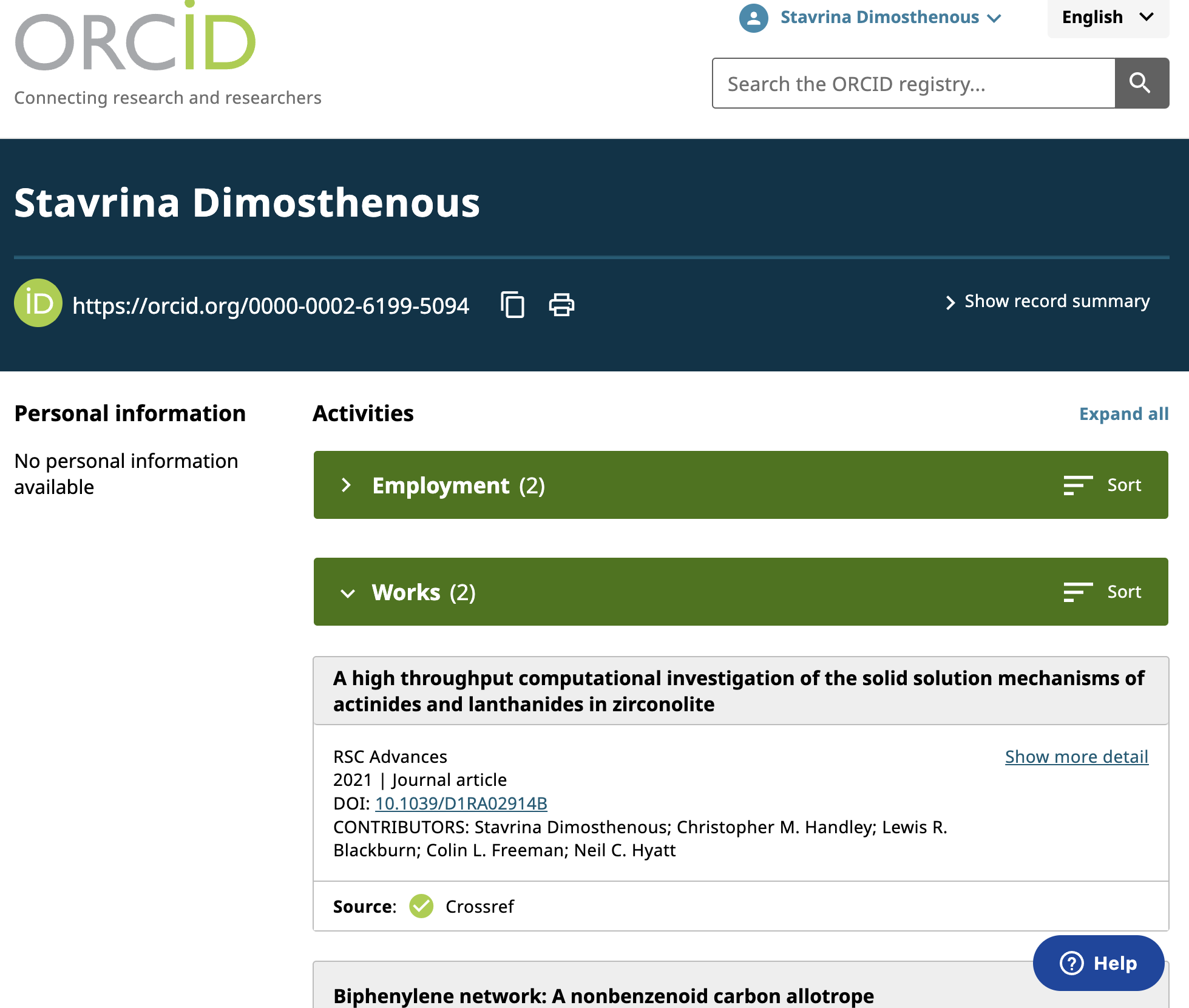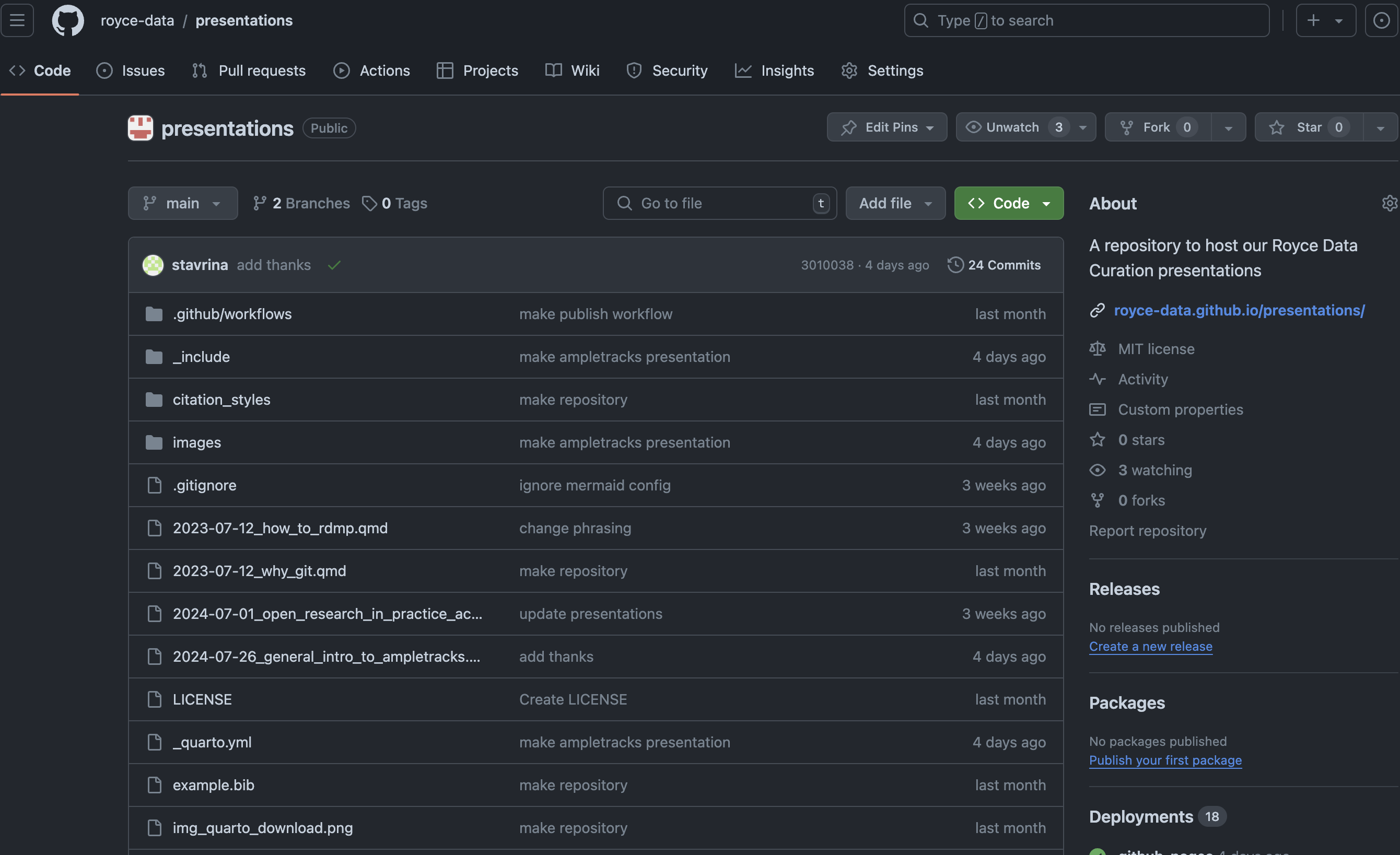Open Research in Practice
Actionable tips for Materials Scientists
Henry Royce Institute, University of Manchester
2024-12-09
What is Open Research
Definition
A set of principles and practices in publicly funded research that make it more transparent, accessible, inclusive, and collaborative, ensuring that research is freely available, under terms that enable attribution, reuse, redistribution and reproduction of the research and its underlying data and methods. [1], [2]
Aspects and application
Open Research extends across:
- Open access
- Data
- Methodology
- Open source
- Peer review
- Educational resources
Open Research Examples
Examples in Materials Science
Examples from elsewhere
Open-source (and free-ish) hardware
Mars Rover [8]
Examples from elsewhere
Free educational resources
Examples from publishers
Open peer-review
Why Open Research
Do I have to do open research?
Barriers
- It takes time
- It needs to be perfect
- I might get scooped
- But!
- This does not contribute to my career advancement
What is in it for me?
It might be required
Considerations
As open as possible
As closed as necessary
What is in it for me?
What is in it for me?
Your next role might depend on your open research practices
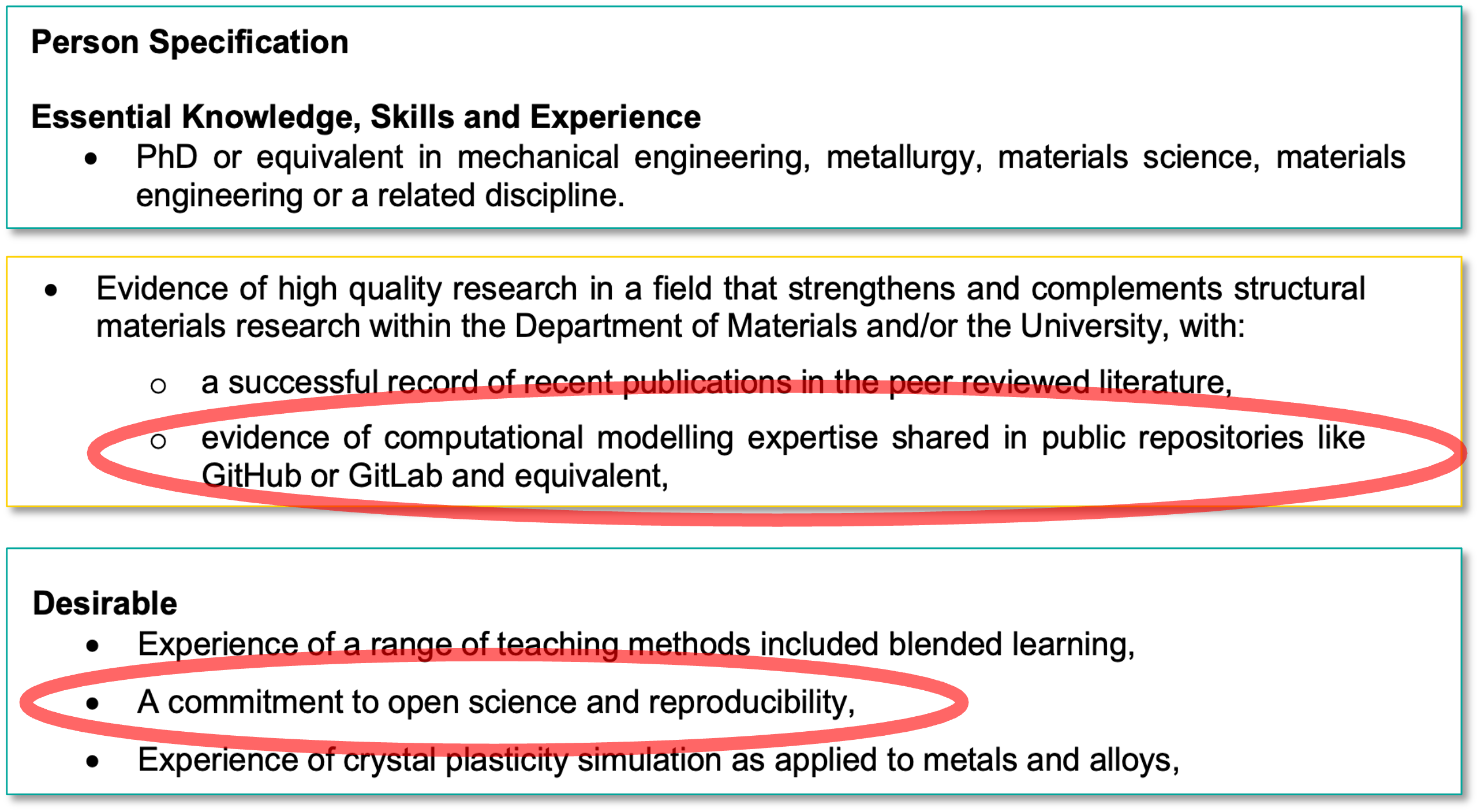
What is in it for me?
Do you have the rights to your research?
Good for everyone
Good for you
How to do Open Research
What can you do right now?
- Register for ORCID
- Share your presentations openly
- In a public repository
- Add a license to your presentation!
- Creative Commons License Chooser
- Within Zenodo if you choose that route
What can you do right now?
- Share your code and scripts on GitHub (with appropriate reuse licensing)
- With accessible and rich documentation (or just good enough so that anyone can understand!)
- They might just help someone else
- Need help choosing a software license?
- With accessible and rich documentation (or just good enough so that anyone can understand!)
What can you do right now?
- Have a paper published closed access?
- Never too late to share the Author Accepted Manuscript on a public repository. Like:
- Zenodo (general purpose)
- Figshare (general purpose)
- ResearchGate(!!)
- Check whether the journal you are publishing in has a pre-print to support Green Open Access
- And do not forget Creative Commons Licensing!
- Never too late to share the Author Accepted Manuscript on a public repository. Like:
ORCID
GitHub
A thought
Free books beget more free books in a way that conventional books don’t. Free books turn readers into writers.
Free books transform readers into proof-readers, editors, anthologists, correspondents, contributors, collaborators, writers and authors.[11]
Thank you
Questions?
References
This work by Stavrina Dimosthenous is licensed under CC BY-NC-SA 4.0
![MTEX free and open-source MATLAB toolbox for texture analysis [3]](./images/open_research/mtex_package.png)
![MatFlow, a framework for running reproducible computational materials workflows written in Python [4]](./images/open_research/matflow_github.png)
![Materials properties dataset [5], [6]](./images/open_research/data_in_brief_1.png)
![Materials properties dataset [7]](./images/open_research/dataset_2.png)

